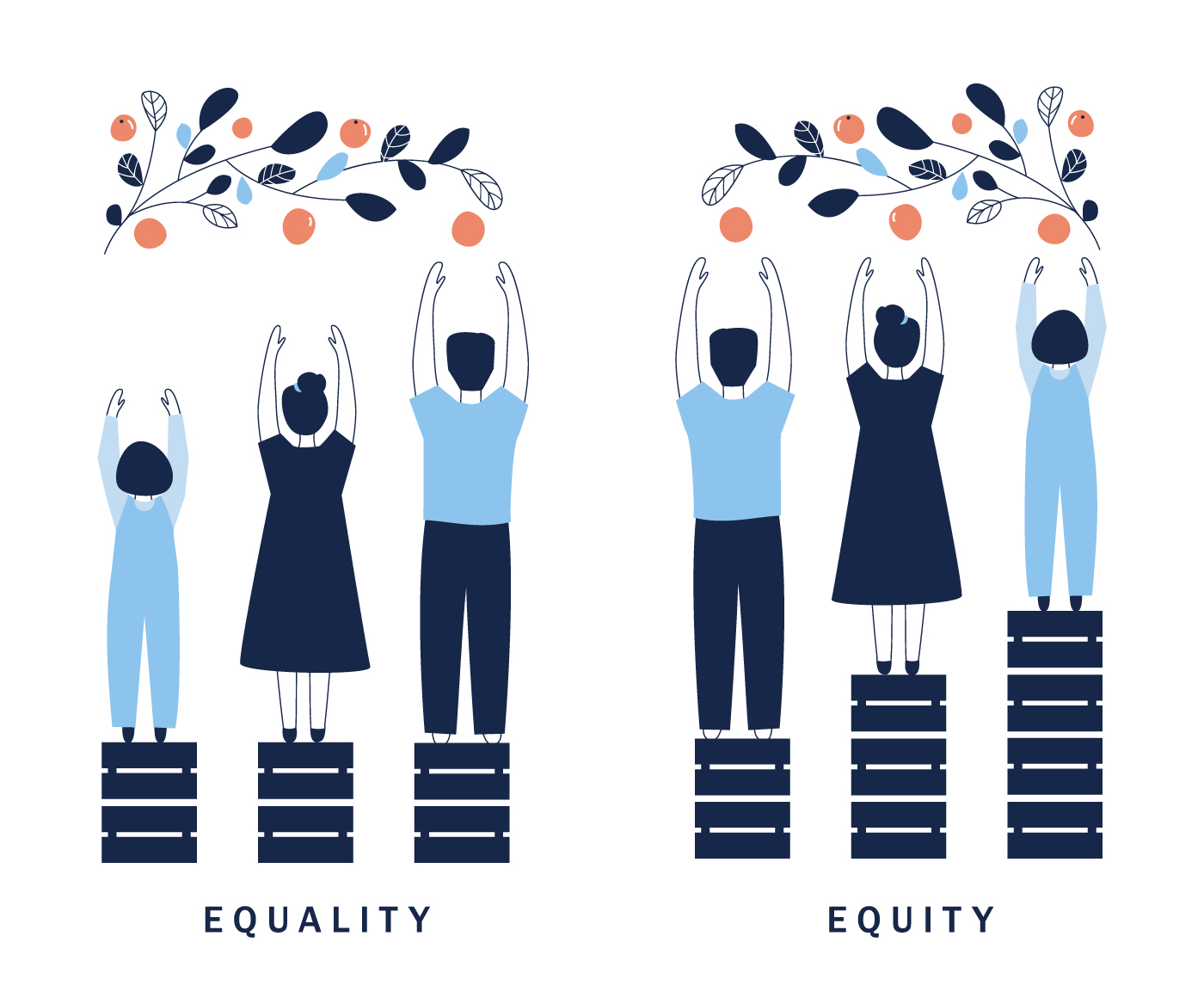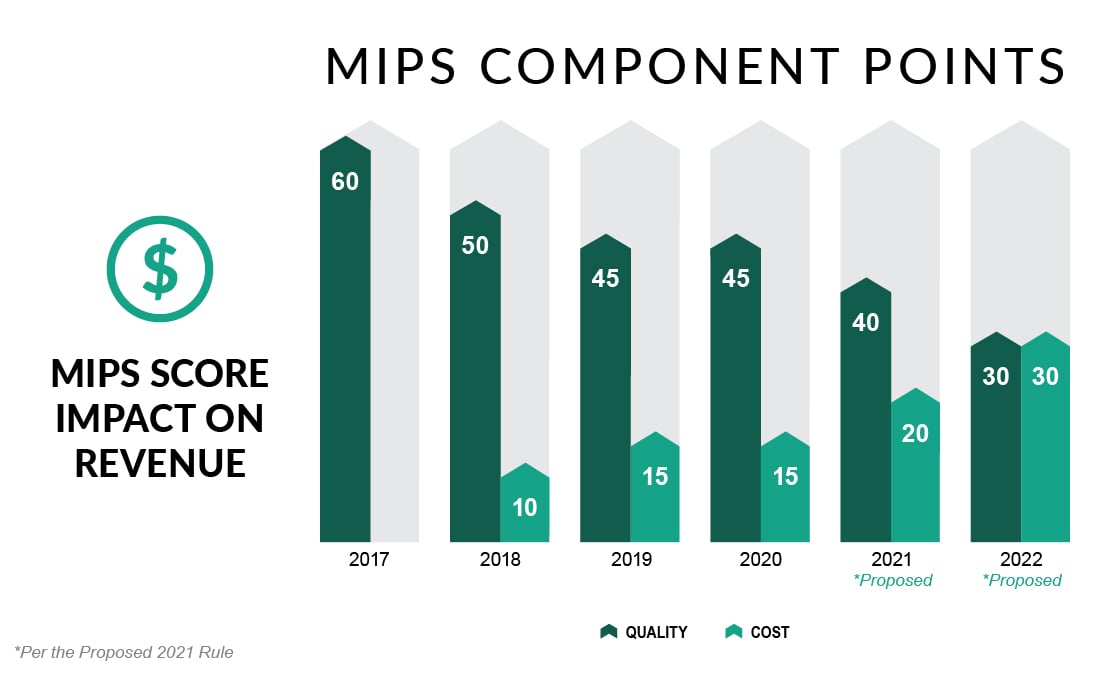Attending the National Association of Accountable Care Organizations (NAACOS) conference is always an invigorating experience, packed with knowledge-sharing, networking, and a look into the future of ACOs. Twice a year, I’m given the opportunity to learn from leaders, experts, and passionate advocates as they discuss the latest trends, breakthroughs, and challenges in ACOs.
Following the event, I reached out to some of our customers and partners to capture their biggest takeaways.

.png)
-Apr-06-2023-02-18-01-7828-PM.png)







